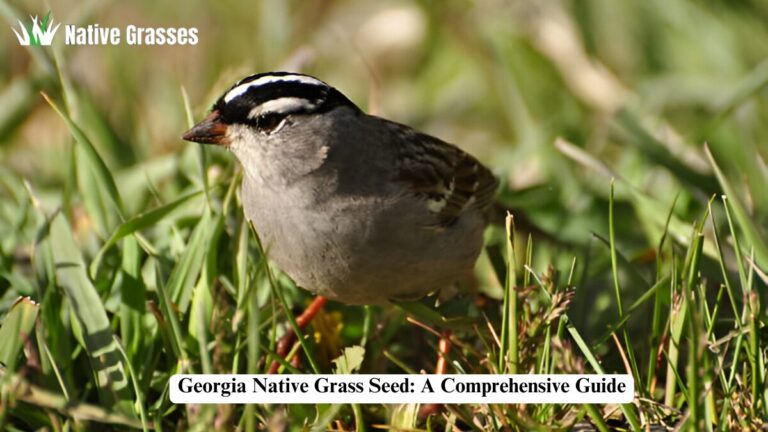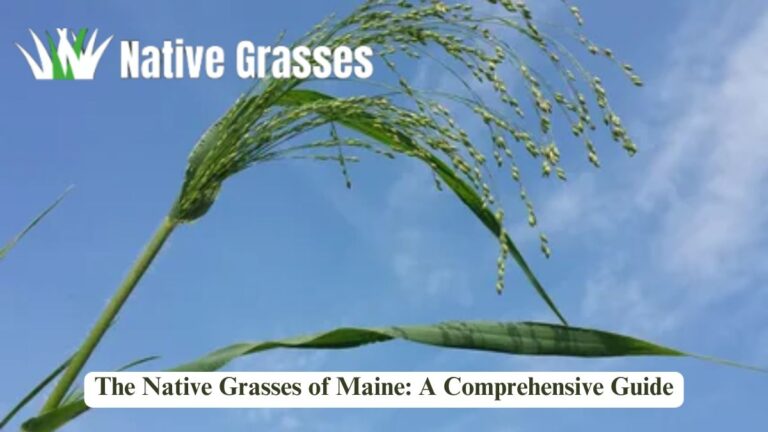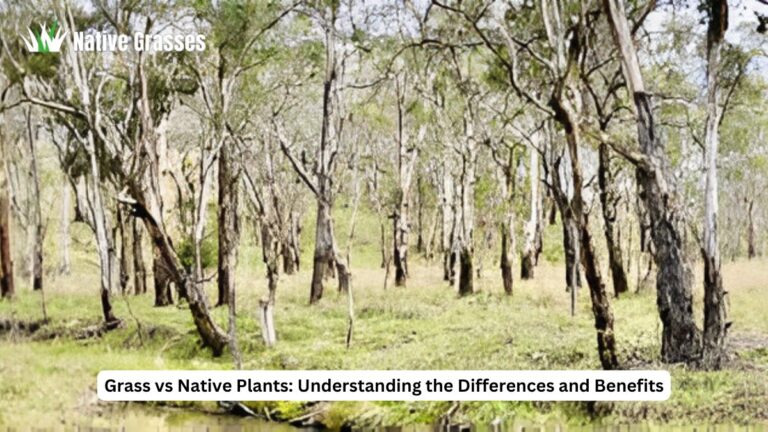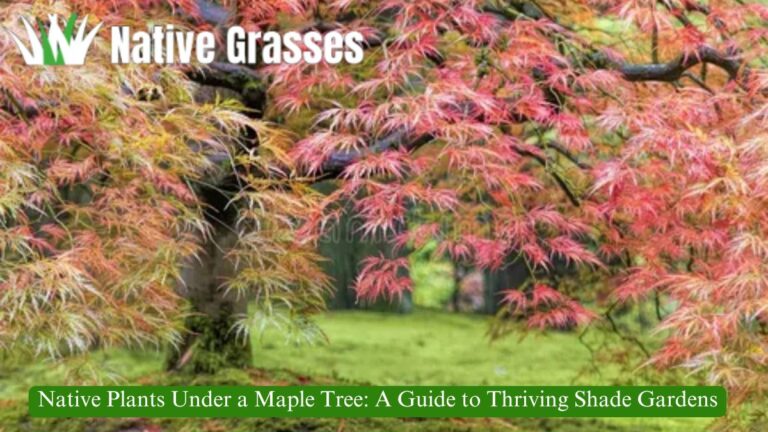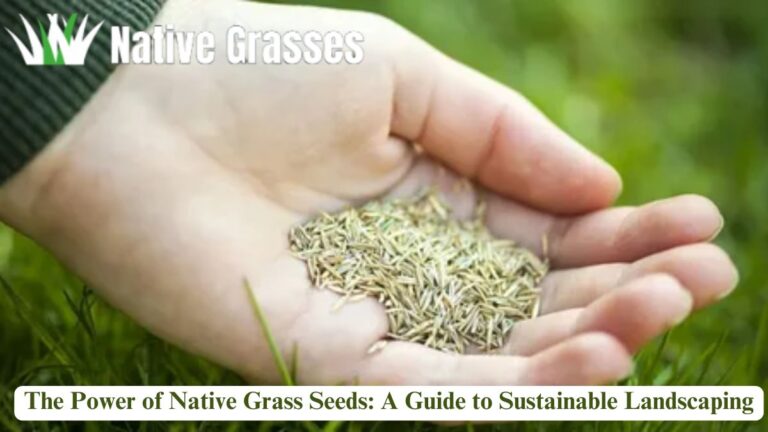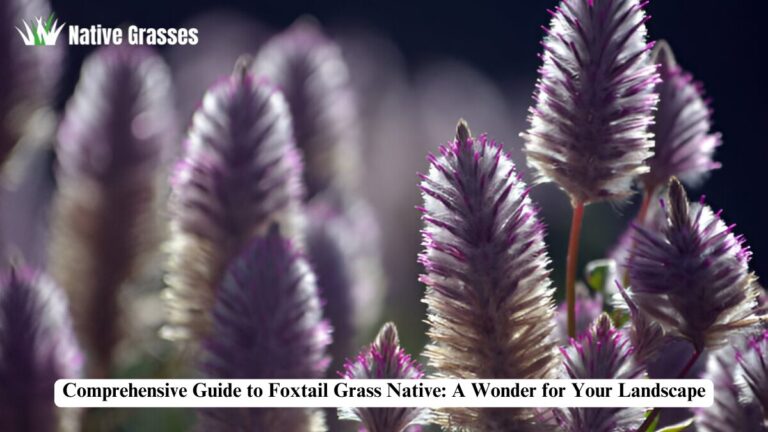Grass Native to Michigan: A Comprehensive Guide
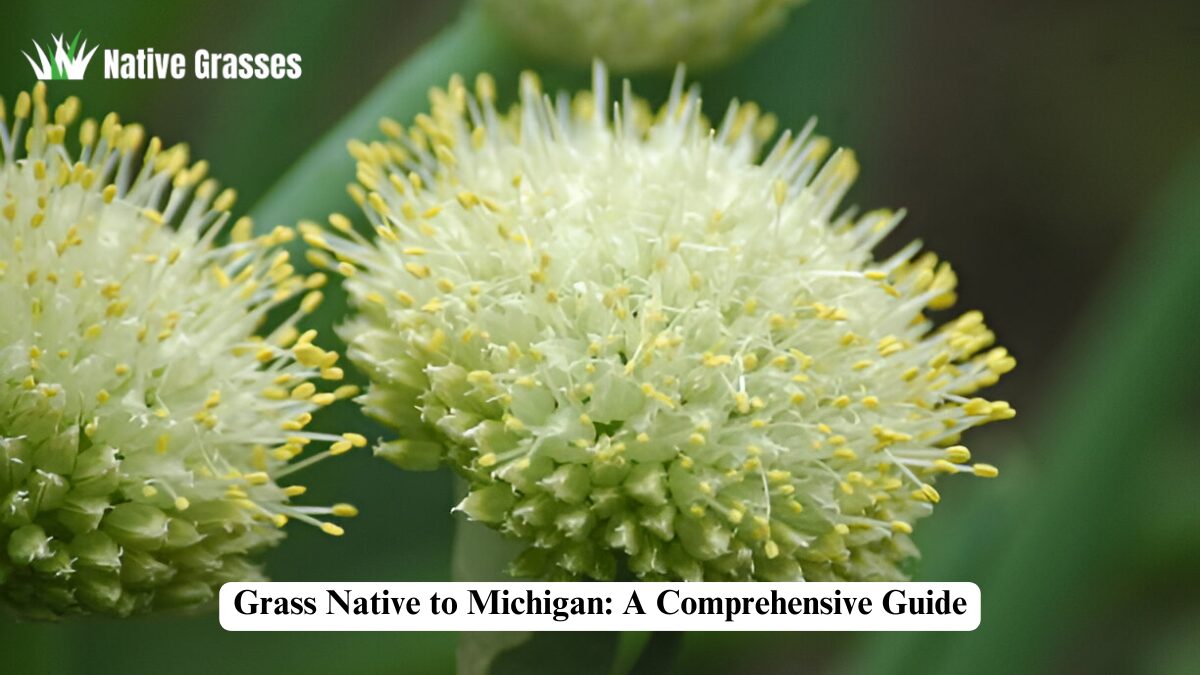
Native grasses in Michigan are an integral part of the state’s ecosystems. They provide essential benefits such as preventing soil erosion, supporting wildlife habitats, and contributing to water conservation. This article will explore the fascinating variety of grasses native to Michigan, detailing their characteristics, ecological importance, and how they can enhance your garden or conservation project.
Michigan’s diverse landscapes, from the Great Lakes shoreline to inland prairies, create a perfect environment for an array of native grasses. These grasses are not just decorative; they play critical roles in maintaining ecological balance. By understanding and utilizing native grasses, individuals can create sustainable and resilient landscapes.
In this guide, we’ll delve into the benefits of native grasses, highlight key species found in Michigan, and offer tips for incorporating them into your projects. Let’s uncover why these plants are vital for Michigan’s environment and how they can benefit you.
Benefits of Native Grasses in Michigan
Environmental Advantages
- Erosion Control: Native grasses, with their deep and extensive root systems, help anchor soil and prevent erosion, especially along waterways and slopes.
- Water Conservation: These grasses are adapted to Michigan’s rainfall patterns, reducing the need for supplemental irrigation.
- Habitat Creation: They provide food, nesting materials, and shelter for pollinators, birds, and small mammals.
- Soil Health: Native grasses enhance soil structure and fertility by adding organic matter through decomposed roots.
Landscaping Benefits
- Low Maintenance: Once established, native grasses require little to no fertilizers, pesticides, or frequent watering.
- Aesthetic Appeal: They offer seasonal interest with varying colors, textures, and heights throughout the year.
- Resilience: Native grasses are naturally resistant to local pests, diseases, and climatic challenges.
Climate Change Mitigation
Native grasses are significant carbon sinks due to their deep roots. By storing carbon underground, they contribute to reducing greenhouse gas levels and combating climate change.
Characteristics of Michigan’s Native Grasses
Growth Types
- Warm-Season Grasses: Thrive during Michigan’s hot summers and include species like big bluestem and switchgrass.
- Cool-Season Grasses: Grow actively during cooler spring and fall months, such as Canada wildrye.
- Bunch Grasses: Form clumps, leaving space for wildflowers and other companion plants.
- Sod-Forming Grasses: Spread through rhizomes or stolons, creating dense ground cover.
Adaptability
- Native grasses tolerate a variety of soil types, from sandy soils near dunes to heavier clay in inland areas.
- They are drought-tolerant, thriving with minimal water and care once established.
Top Native Grasses of Michigan
Big Bluestem (Andropogon gerardii)
Characteristics
- Height: 4-8 feet.
- Appearance: Tall stems with bluish-green foliage turning reddish-bronze in fall.
- Habitat: Prairies, meadows, and open woods.
Benefits
- Excellent for erosion control and soil health.
- Attracts pollinators and supports native birds.
- Provides vertical interest in landscapes.
How to Grow
- Soil: Prefers well-drained, fertile soils.
- Sunlight: Full sun.
- Watering: Drought-tolerant after establishment.
Switchgrass (Panicum virgatum)
Characteristics
- Height: 3-6 feet.
- Appearance: Upright stems with feathery seed heads.
- Habitat: Prairies, riverbanks, and wetlands.
Benefits
- Acts as a natural windbreak and erosion control plant.
- Supports wildlife, including songbirds and butterflies.
- A renewable biofuel crop with high carbon sequestration potential.
How to Grow
- Soil: Tolerates a wide range of soils, including sandy and clay.
- Sunlight: Full sun to partial shade.
- Watering: Minimal once established.
Canada Wildrye (Elymus canadensis)
Characteristics
- Height: 2-5 feet.
- Appearance: Graceful arching seed heads with bright green foliage.
- Habitat: Woodland edges, prairies, and dunes.
Benefits
- Ideal for stabilizing sandy soils.
- Provides early-season forage for wildlife.
- Adds texture to naturalistic gardens.
How to Grow
- Soil: Well-drained sandy or loamy soils.
- Sunlight: Full sun to partial shade.
- Watering: Requires minimal watering.
Little Bluestem (Schizachyrium scoparium)
Characteristics
- Height: 2-4 feet.
- Appearance: Slender stems with blue-green foliage turning coppery red in fall.
- Habitat: Dry prairies and open woodlands.
Benefits
- Highly drought-tolerant and low-maintenance.
- Supports pollinators like butterflies.
- Provides seeds and cover for birds.
How to Grow
- Soil: Prefers sandy, well-drained soils.
- Sunlight: Full sun.
- Watering: Minimal watering required.
Designing Landscapes with Native Grasses
Combining Grasses with Wildflowers
- Mix native grasses with Michigan wildflowers like black-eyed Susan, purple coneflower, and butterfly milkweed.
- Benefits include enhanced biodiversity, vibrant color, and year-round interest.
Creating Erosion-Control Zones
- Use sod-forming grasses like switchgrass along slopes and waterways.
- Benefits:
- Stabilizes soil.
- Reduces runoff.
- Protects water quality.
Seasonal Interest and Aesthetic Design
- Utilize grasses with striking fall colors, such as little bluestem, for seasonal beauty.
- Pair grasses of varying heights for dynamic layers in your garden.
Table: Comparison of Top Native Grasses in Michigan
| Grass Name | Height | Sunlight | Soil Type | Key Benefit |
| Big Bluestem | 4-8 feet | Full sun | Well-drained | Erosion control |
| Switchgrass | 3-6 feet | Full sun | Versatile | Carbon sequestration |
| Canada Wildrye | 2-5 feet | Partial shade | Well-drained | Soil stabilization |
| Little Bluestem | 2-4 feet | Full sun | Well-drained | Drought tolerance |
Case Study: Restoring Michigan Prairies with Native Grasses
In 2018, a conservation group in Michigan’s Lower Peninsula restored a 100-acre prairie using big bluestem, little bluestem, and switchgrass. Within three years, the project:
- Reduced soil erosion by 50%.
- Increased local pollinator populations by 70%.
- Provided habitat for over 25 bird species.
This success underscores the ecological value of native grasses in restoring degraded landscapes.
Conclusion
Native grasses are Michigan’s unsung heroes, offering countless environmental and aesthetic benefits. From stabilizing soil to supporting wildlife and creating sustainable landscapes, these plants are invaluable. By incorporating native grasses into your garden or conservation efforts, you’re contributing to a healthier, more resilient ecosystem.
FAQs
What are the most drought-tolerant native grasses in Michigan?
- Little bluestem and big bluestem are highly drought-tolerant.
Can native grasses replace traditional lawns?
- Yes, sod-forming grasses like switchgrass can be used as low-maintenance alternatives.
What’s the best time to plant native grasses in Michigan?
- Late spring to early summer is ideal for warm-season grasses.
Do native grasses attract wildlife?
- Yes, they provide food and shelter for pollinators, birds, and small mammals.
How can I propagate native grasses?
- Most can be grown from seed or divided from established clumps.
Where can I find native grass seeds in Michigan?
- Local nurseries, conservation organizations, and specialized online retailers.
Do native grasses require fertilizers?
- No, they thrive in natural soil conditions without added fertilizers.
Are native grasses suitable for urban gardens?
- Absolutely, they add ecological value and beauty to urban landscapes.
Can native grasses prevent flooding?
- Yes, their deep roots improve soil infiltration, reducing surface runoff.
How long do native grasses live?
- Many are perennials and can live for decades when properly cared for.

